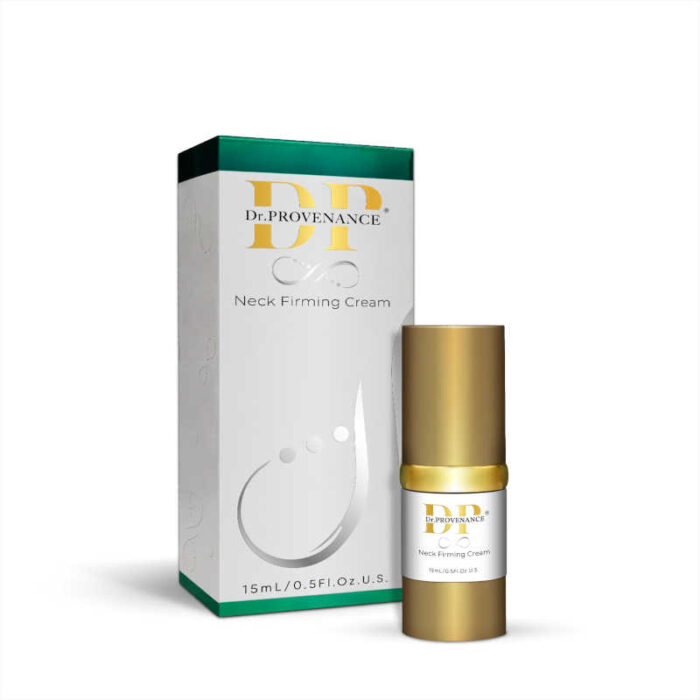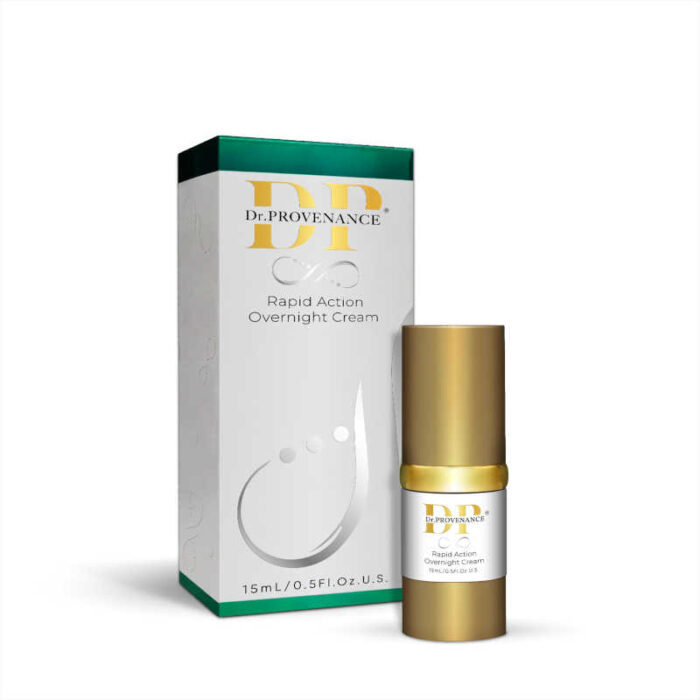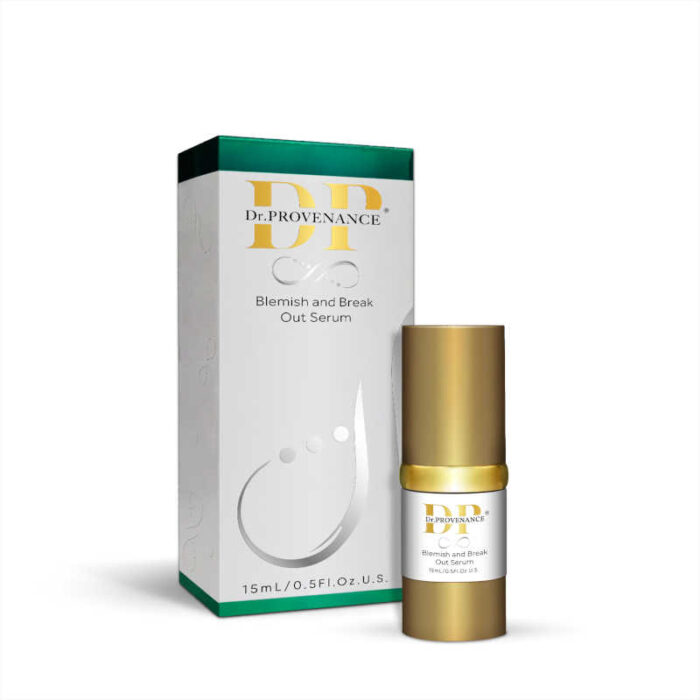When your heart doesn’t pump blood efficiently, it affects everything—from your energy levels to your overall health. Poor circulation can cause fatigue, shortness of breath, and even increase your risk of heart disease. Fortunately, modern technology now offers a non-invasive way to support heart function and circulation: counterpulsation therapy.
Often referred to as blood flow therapy, counterpulsation therapy has become an increasingly popular option for individuals seeking to improve heart circulation without medication or surgery. Whether you’re managing chronic cardiovascular symptoms or simply looking to enhance your wellness, this therapy offers powerful benefits in a safe, outpatient setting. In this article, we’ll explore how counterpulsation therapy works, its effects on circulation and heart health, and why it’s gaining traction among both patients and wellness providers.
Table of Contents
- What Is Counterpulsation Therapy?
- How It Enhances Blood Flow
- The Connection Between Circulation and Heart Function
- Key Benefits of Blood Flow Therapy
- Who Should Consider Counterpulsation Therapy?
- What to Expect During a Counterpulsation Therapy Session
- Final Thoughts
1. What Is Counterpulsation Therapy?
Counterpulsation therapy, specifically Enhanced External Counterpulsation (EECP), is a non-invasive treatment designed to increase blood flow and reduce the workload on your heart. It involves placing pressure cuffs on the legs, which inflate and deflate in sync with your heartbeat. This process gently pushes blood back toward your heart during the resting phase of your heartbeat (diastole), helping to fill the coronary arteries with oxygen-rich blood.
The rhythmic compression mimics a natural pumping action, essentially acting as an “assist” to your heart. Over time, this boosts circulation, encourages the growth of new blood vessels, and promotes stronger cardiovascular function.
2. How It Enhances Blood Flow
At its core, counterpulsation therapy is a form of blood flow therapy, designed to improve circulation by working in sync with your heart’s natural rhythm. The process begins with pneumatic cuffs placed on your lower limbs, which inflate during diastole—the phase when your heart muscle relaxes and fills with blood. This timed inflation gently squeezes blood upward toward the heart, increasing blood flow to the coronary arteries and enhancing oxygen supply.
Just before the next heartbeat, during systole (when the heart contracts to pump blood out), the cuffs quickly deflate. This sudden release reduces the resistance the heart must push against, lowering its overall workload. The combination of increased blood return and decreased vascular resistance allows the heart to pump more efficiently. Over time, this can lead to significant improvements in circulatory performance, oxygen delivery, and overall cardiovascular function—especially for those with compromised heart health or chronic fatigue. By actively supporting your heart without stressing it, counterpulsation therapy boosts circulation in a completely non-invasive way.
3. The Connection Between Circulation and Heart Function
Healthy circulation is critical to maintaining strong heart function. When blood flows smoothly, the heart doesn’t have to overcompensate to supply oxygen and nutrients to vital organs and tissues. Unfortunately, poor circulation—often caused by narrowed arteries or weakened heart muscles—can lead to symptoms such as chronic fatigue, cold hands and feet, dizziness, and even chest pain. Over time, inadequate blood flow places increasing stress on the heart, raising the risk of more serious cardiovascular complications.
This is where counterpulsation therapy becomes a powerful ally. By enhancing blood flow, the therapy directly reduces the heart’s workload and strengthens its pumping capacity. For instance, patients with angina often report reduced pressure and pain in the chest due to better oxygen delivery. In cases of mild heart failure, it helps improve cardiac output, allowing the heart to deliver more blood with each beat. Additionally, counterpulsation therapy stimulates the formation of collateral vessels, which are small alternate pathways that reroute blood around blocked or narrowed arteries. The therapy also plays a role in blood pressure regulation and stabilizing heart rhythms, helping the heart operate more efficiently and with less strain. In short, better circulation equals a healthier heart.
4. Key Benefits of Blood Flow Therapy
Counterpulsation therapy offers a comprehensive list of benefits, especially for individuals looking to improve heart health without relying on medication or surgery. One of the most attractive features is that it’s completely non-invasive. There are no incisions, needles, or hospital stays involved, making it ideal for patients who want effective results with minimal risk or recovery time. The therapy is FDA-approved for conditions such as chronic angina and heart failure, underscoring its safety and clinical reliability.
Beyond improving symptoms like chest discomfort, dizziness, and fatigue, this therapy significantly boosts exercise tolerance and physical stamina—a major quality-of-life improvement for those struggling with daily activity. It also encourages the growth of new capillaries and vascular pathways, helping the body naturally create better blood flow routes around blocked arteries. Additionally, better circulation supports improved cognitive function by ensuring more oxygen reaches the brain, often resulting in clearer thinking and better focus.
Because it works in harmony with your body, counterpulsation therapy is also an excellent companion to other heart-healthy habits such as proper nutrition, regular exercise, and stress management. Many patients find that it accelerates their progress and supports long-term cardiovascular wellness. Within a few weeks, people often report feeling more energized, less breathless, and better able to enjoy everyday activities.
5. Who Should Consider Counterpulsation Therapy?
Counterpulsation therapy is ideal for individuals with:
-
Chronic stable angina
-
Mild heart failure (preserved ejection fraction)
-
Poor leg circulation (peripheral artery disease)
-
Low stamina or unexplained fatigue
-
A desire to optimize heart function naturally
-
Recovery from prior heart surgery or interventions
It’s also increasingly used by wellness-conscious individuals looking to improve circulation for preventive health, especially those who want to avoid medication or invasive treatments.
6. What to Expect During a Counterpulsation Therapy Session
EECP sessions are easy and comfortable. Here’s a quick overview:
-
Each session lasts about 60 minutes
-
You lie on a padded table while cuffs are wrapped around your calves, thighs, and buttocks
-
A monitor tracks your heartbeat and controls cuff inflation/deflation
-
The sensation is similar to a rhythmic massage or pulsing pressure
-
No downtime—most patients return to daily activities immediately
Treatment usually involves 35 sessions over seven weeks, though this can vary based on individual needs.
7. Final Thoughts
Counterpulsation therapy is more than just a treatment—it’s a proactive step toward a healthier heart and better quality of life. By improving blood circulation and reducing cardiac strain, it offers a non-invasive way to address the root causes of fatigue, chest discomfort, and poor heart function.
If you’re searching for blood flow therapy or want to improve heart circulation without surgery or long recovery times, counterpulsation therapy could be the answer. Speak to a qualified provider to see if it’s right for you. At Emma Clare MedSpa, we offer personalized counterpulsation therapy sessions tailored to your cardiovascular and wellness needs. Our team is here to support your journey to a stronger, more resilient heart—naturally.
Disclaimer
This article is for informational purposes only and does not constitute medical advice. Always consult your physician or qualified healthcare provider before beginning any treatment or wellness program.




